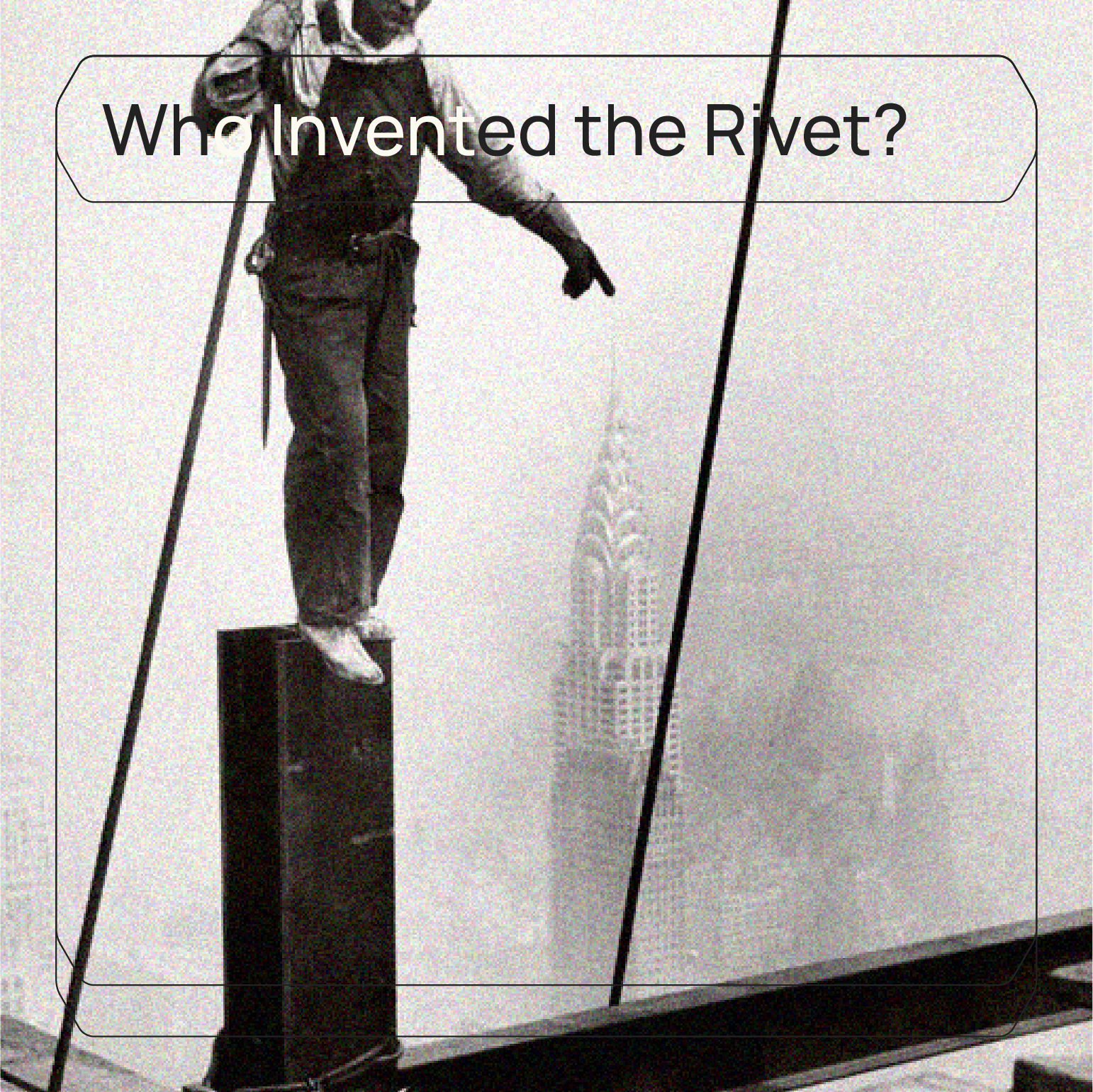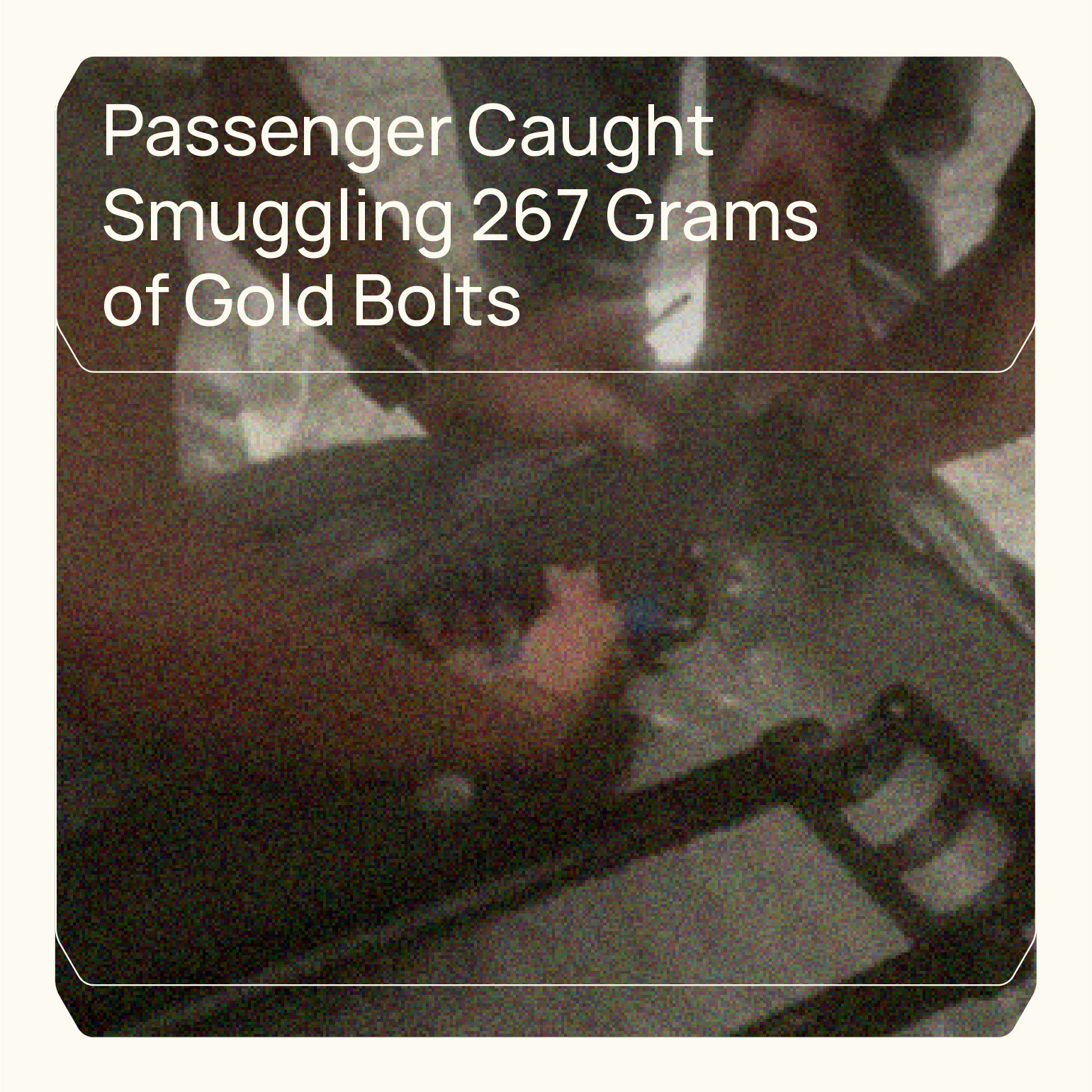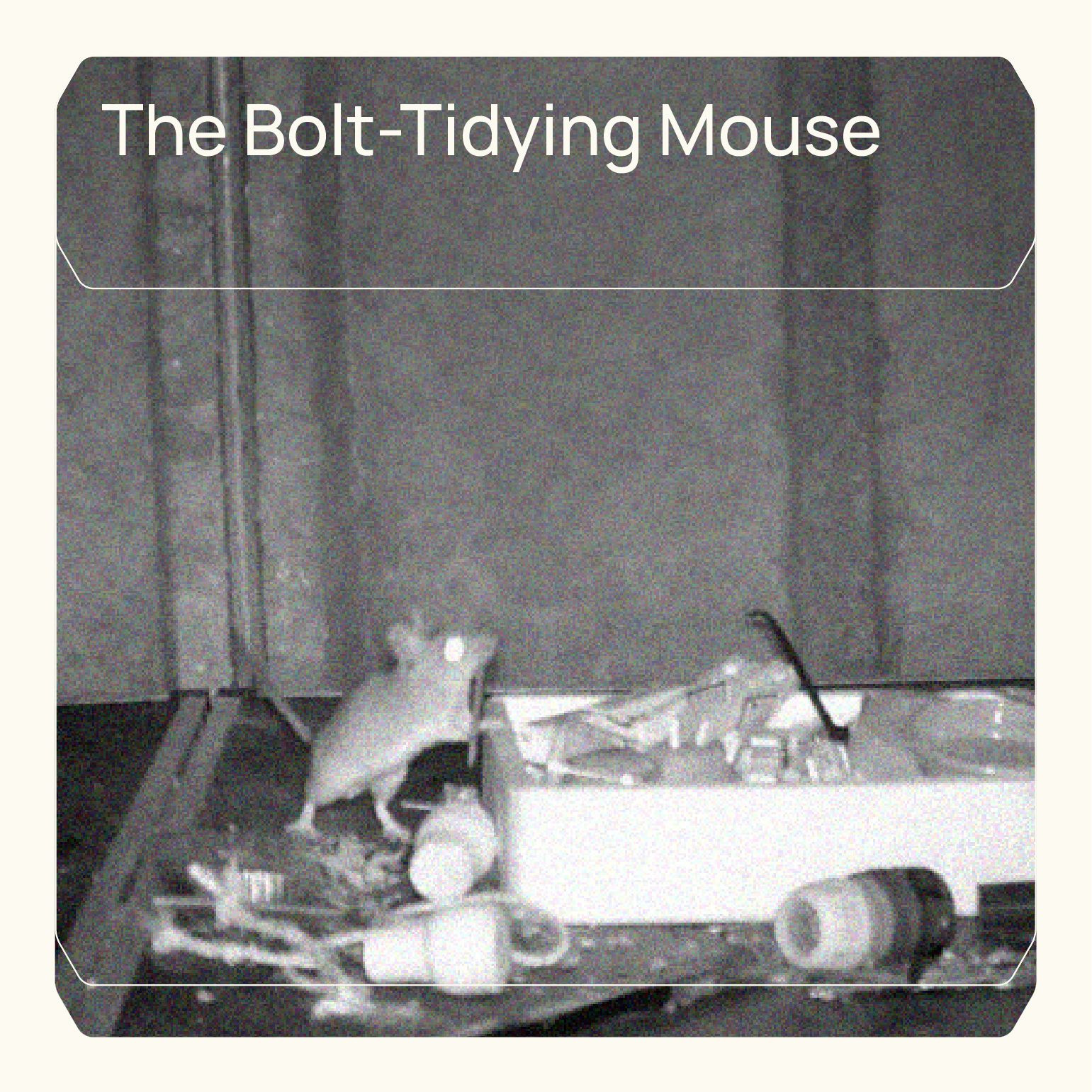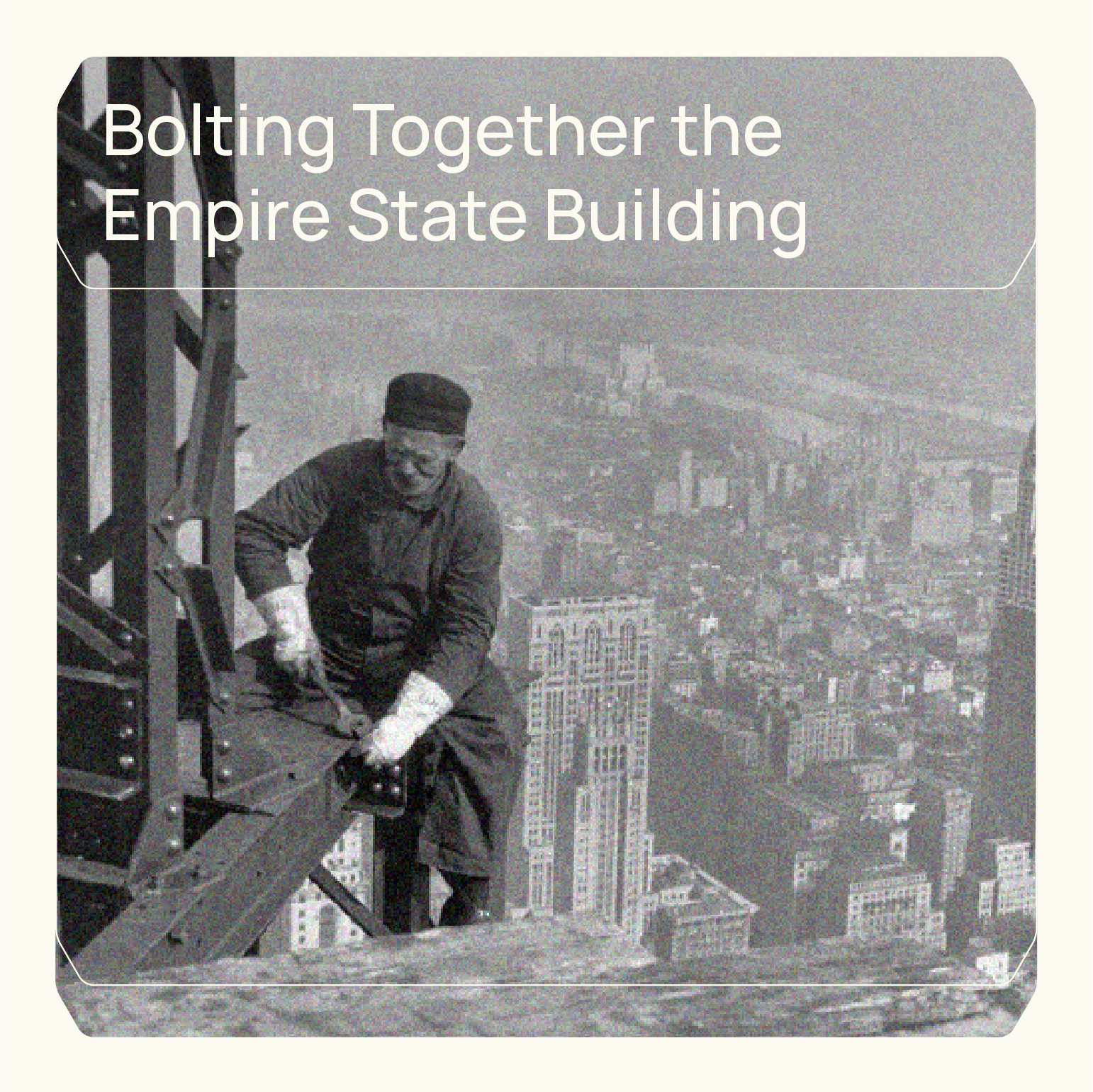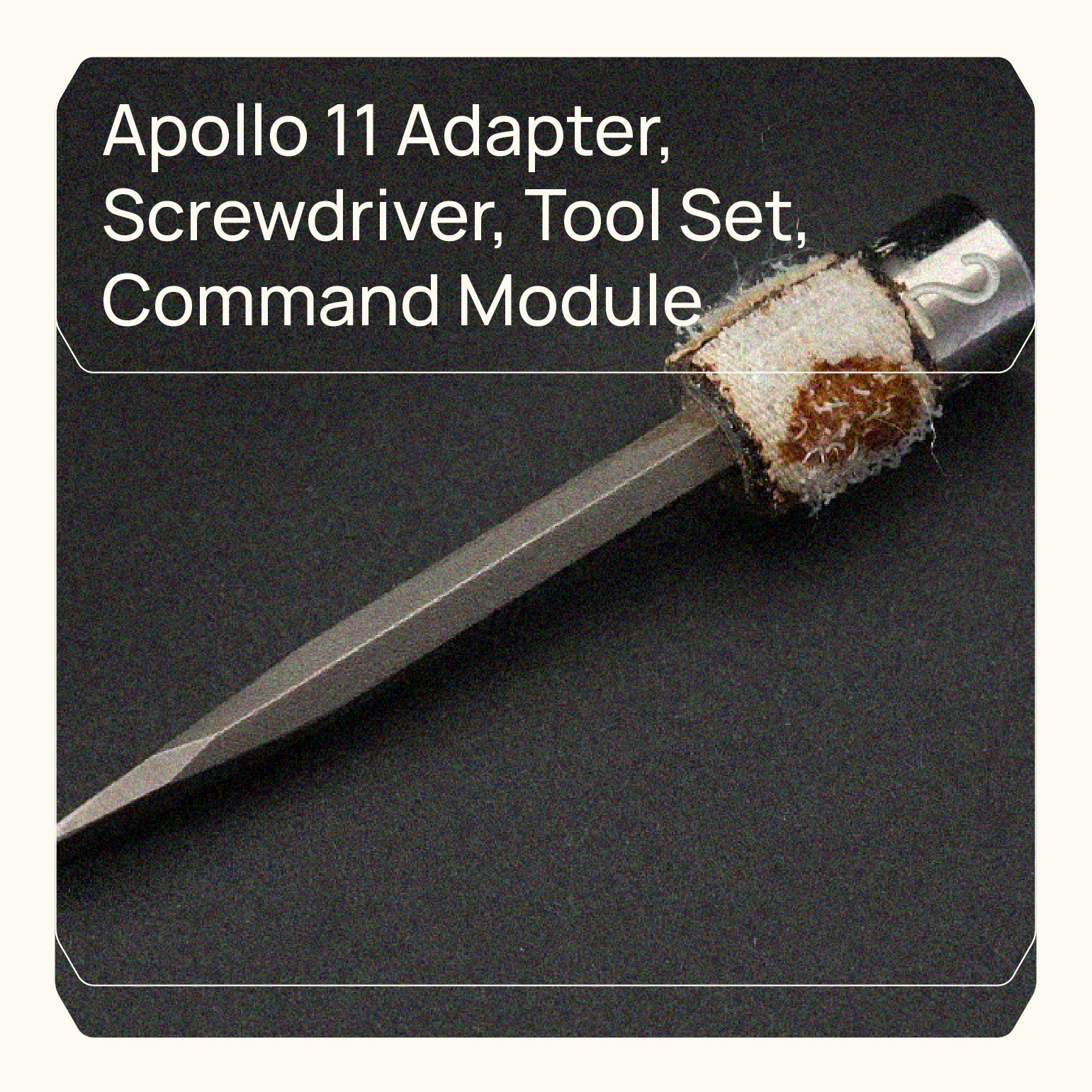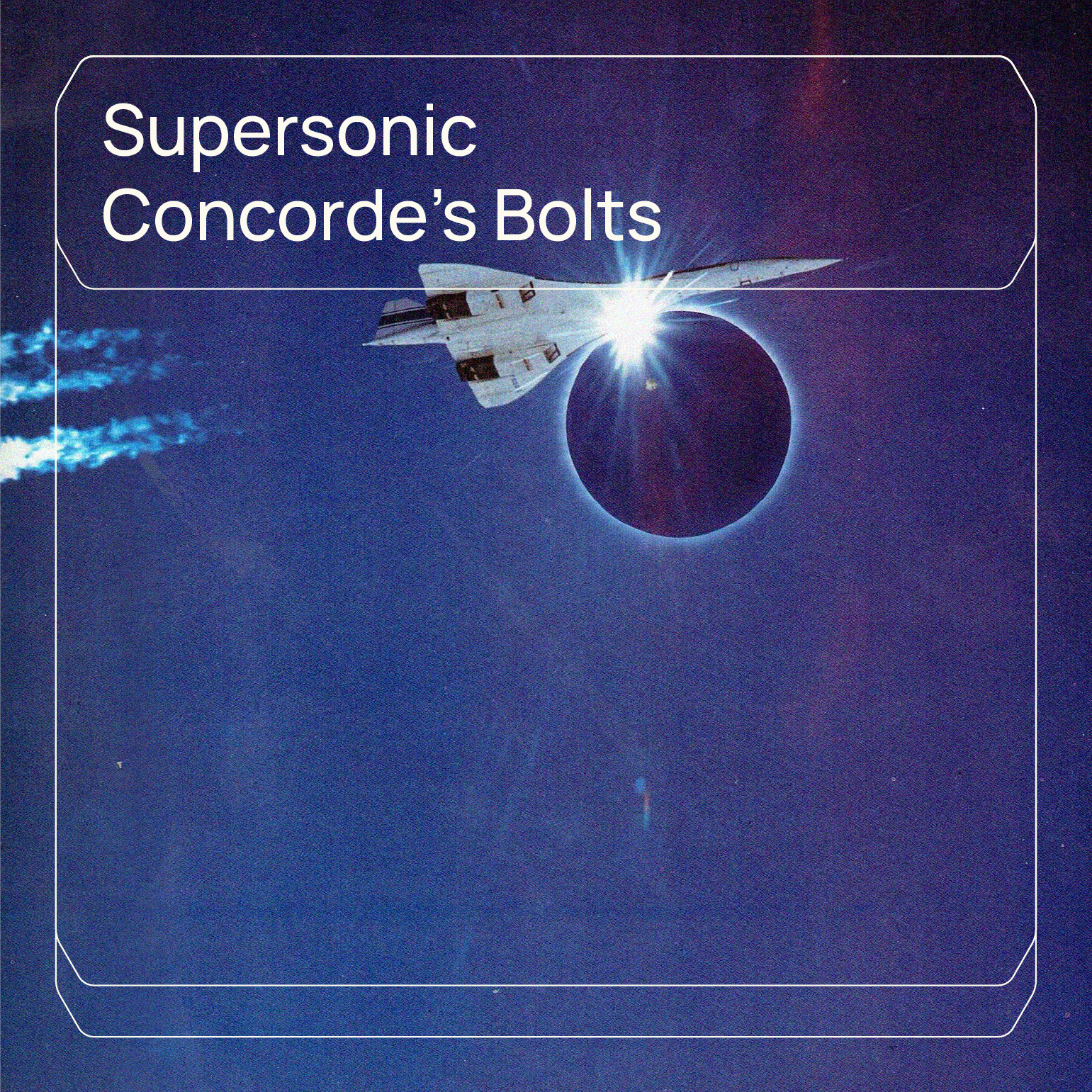Tsamouris, the Fastener Specialists©
Few realize the impact of rivets on our world. Their story begins in the ancient sands of Egypt, where they
first emerged as connectors for clay vessel handles. From those modest origins, rivets have evolved,
fortifying everything from Viking longboats navigating treacherous seas to the soaring heights of modern
skyscrapers. Across continents and centuries, their steadfast presence remains a testament to their
enduring significance in shaping our built environment.
Here are 20 incredible facts about rivets
1⃣ The first rivets appeared in Ancient Egypt over 5,000 years ago.
2⃣ By the time of the Ancient Romans, rivets were commonplace in construction.
3⃣ Seventh-century Vikings used rivets to attach the planks of their longboats.
4⃣ By the mid-19th century, advances in metal technology signaled the dawn of the modern riveting era.
5⃣ Wrought iron, steel, and aluminum are the most common riveted metals because of their relatively soft
composition.
6⃣ Cast iron is impossible to rivet because it is so inflexible.
7⃣ Riveted joints are more flexible and give under changes in temperature compared to bolts and welding.
8⃣ The first common, modern application of the rivet was in boiler making.
9⃣ The ship-building industry owes much of its early success to the process of riveting.
🔟 There are two types of riveting: hot and cold — cold riveting is used most often when small rivets are
required.
1⃣1⃣ By the mid-1800s, rivets were being used in the construction of architectural buildings.
1⃣2⃣ The Eiffel Tower in Paris was assembled by 18,038 pieces riveted together with 2.5 million rivets.
1⃣3⃣ Other notable uses of rivets include the Golden Gate Bridge (1.2 million rivets), the Sydney Harbor
Bridge (6 million rivets), and the RMS Titanic (3 million rivets).
1⃣4⃣ On May 20, 1873, Levi Strauss secured a patent for his denim jeans with copper rivets.
1⃣5⃣ Many World War II era tanks were riveted together until weaknesses were found in that method of
construction.
1⃣6⃣ Some drummers use special sizzle cymbals with several rivets attached to produce a louder, sharper
sound when struck.
1⃣7⃣ Ancient techniques for installing rivets utilized a hammer struck against a specialized tool called a
“bouterolle.”
1⃣8⃣ Today’s riveting process is done with special air-powered riveting guns that fire many times a second.
1⃣9⃣ Pop rivets, also known as blind rivets, can be easily installed by one person.
2⃣0⃣ The word “rivet” has its origins in Middle English and Old French, from the word “river,” which meant to
fix or clinch something.
